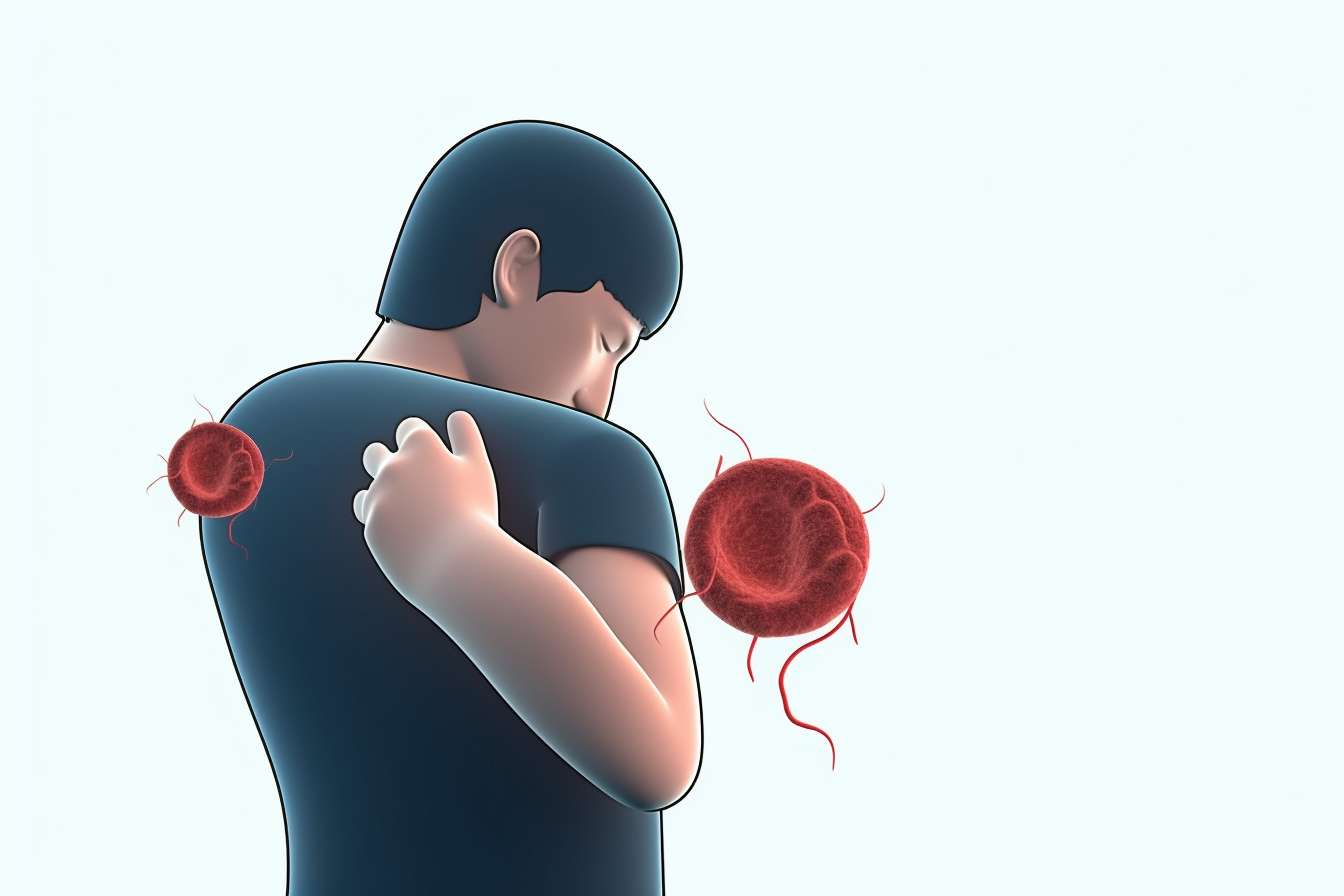Understanding Early Symptoms of HIV to Look Out For
Human Immunodeficiency Virus (HIV) affects millions worldwide, with early detection being crucial for effective treatment and management. Recognizing the initial signs of HIV infection can lead to prompt testing, earlier medical intervention, and better health outcomes. Although symptoms vary from person to person, certain indicators commonly appear within weeks of infection. This article explores these early warning signs, when they typically occur, and why timely HIV testing is essential for anyone who suspects exposure.

What Are the First Signs of HIV Infection?
The initial symptoms of HIV often appear 2-4 weeks after infection during what medical professionals call acute HIV infection or acute retroviral syndrome. During this phase, the virus replicates rapidly, and the immune system responds to the invasion. Many people experience flu-like symptoms that can be easily mistaken for other common illnesses. These early signs may include fever, often described as one of the first symptoms, accompanied by fatigue, sore throat, and swollen lymph nodes, particularly in the neck, armpits, or groin. A widespread skin rash, often flat or slightly raised with small red spots, might also develop on the face, chest, or other parts of the body.
Common Early Signs of HIV to Watch For
Beyond the initial flu-like presentation, several other early signs of HIV infection deserve attention. Many individuals report experiencing night sweats that can be severe enough to soak through bedding and clothes. Muscle aches and joint pain are also common complaints during the acute phase. Persistent headaches that don’t respond well to over-the-counter pain relievers may occur, often accompanied by a general feeling of unwellness. Some people also develop mouth ulcers, particularly on the tongue or inside the cheeks. Nausea, vomiting, and diarrhea can add to the constellation of gastrointestinal symptoms. While individually these symptoms might point to various conditions, their combination and persistence, especially after potential HIV exposure, warrant consideration for testing.
When Do HIV Symptoms First Appear?
The timeline for HIV symptom appearance varies considerably among individuals. For most people who develop noticeable symptoms, these typically emerge within 2-4 weeks after infection. However, it’s important to understand that symptom onset isn’t universal. Some individuals might experience symptoms as early as a few days after infection, while others might not notice any symptoms for months or even years. Research indicates that approximately 40-90% of people with acute HIV infection will experience at least some symptoms, while others remain asymptomatic.
The duration of these initial symptoms also varies, typically lasting from a few days to several weeks before subsiding. This temporary nature of early symptoms is precisely why many HIV infections go undiagnosed during the acute phase. Once these symptoms resolve, infected individuals may enter a clinical latency period where the virus continues to replicate but at much lower levels, often without causing noticeable symptoms for years.
HIV Signs That Require Immediate Testing
Certain symptoms or situations should prompt immediate HIV testing. If you’ve experienced potential exposure to HIV through unprotected sex, sharing needles, or other high-risk activities, and subsequently develop a combination of fever, rash, sore throat, and swollen lymph nodes within days to weeks afterward, seeking testing is crucial. Persistent, unexplained fatigue that interferes with daily activities, especially when accompanied by other symptoms like night sweats or weight loss, also warrants attention.
Unusual or persistent infections, particularly oral thrush (a fungal infection causing white patches in the mouth) or recurrent yeast infections in women, can sometimes indicate an impaired immune system. Unexplained weight loss of more than 10% of body weight without dieting or increased physical activity is another significant warning sign that shouldn’t be ignored. While these symptoms can occur with many conditions, their presence following potential HIV exposure should trigger prompt testing.
The Importance of Early HIV Testing
Early HIV testing offers numerous benefits that can significantly impact long-term health outcomes. When HIV is diagnosed during the acute phase, individuals can begin antiretroviral therapy (ART) immediately, which helps suppress viral replication before significant damage to the immune system occurs. Studies show that early treatment initiation can preserve immune function, reduce the risk of HIV-related complications, and potentially lead to a normal life expectancy.
From a public health perspective, early detection also plays a crucial role in preventing transmission. People with acute HIV infection typically have very high viral loads, making them more likely to transmit the virus to others. Awareness of one’s status through early testing allows for informed decisions about protective measures during sexual activity and other potential exposure scenarios.
Types of HIV Tests Available
Various testing options exist for detecting HIV infection, each with different windows of accuracy following exposure. Antibody tests, the most common type, detect HIV antibodies produced by the immune system in response to infection. While traditional antibody tests may take 3-12 weeks post-exposure to show accurate results, newer combination antibody/antigen tests can detect infection as early as 2-6 weeks after exposure.
Nucleic acid tests (NATs) detect the virus itself rather than antibodies and can identify HIV infection as soon as 10-33 days after exposure, making them valuable for early detection. However, these tests are generally more expensive and not always used for routine screening. Rapid tests provide results in 20-30 minutes from a simple finger prick or oral swab, though they typically detect antibodies only and may require confirmation with laboratory testing if positive.
Home testing kits have also become increasingly available, offering privacy and convenience, though users should ensure they purchase FDA-approved options and understand the appropriate testing windows for accuracy.
This article is for informational purposes only and should not be considered medical advice. Please consult a qualified healthcare professional for personalized guidance and treatment.




